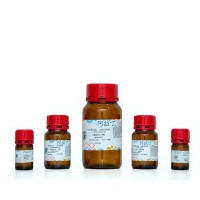Measuring Exocytosis in Endocrine Tissue Slices
互联网
676
A number of approaches have been developed during the last decades to assess exocytosis in neuronal, endocrine, and other secretory cells. A detailed description of a selection of the methods that have been adapted to study regulated exocytosis in endocrine tissue slices is provided in this chapter. Such adaptation of the methods has been associated with a plethora of open issues that required innovative solutions, but innovation has been and shall be in the future plentifully rewarded by discoveries of novel, often emergent principles of cells’ operation within an intact tissue. The use of tissue slices has enabled us to reduce negative effects of cell culturing. It helped us circumvent serious experimental challenges associated with the small size and enhanced sensitivity of embryonic endocrine cells from wild-type animals and those lacking important functional proteins and thus associated with perinatal lethality. More recent methods to study exocytosis specifically in the intact tissues include polar tracers and lipophilic dyes that can be used to directly visualize exocytosis with multiphoton excitation microscopy. A hallmark of the microscopic approach is that it offers positional information and the exocytic process can simultaneously be studied in a large number of cells. Optical approaches alone and in combination with electrophysiology hold promise for future excitement about the mechanism of regulated exocytosis.








